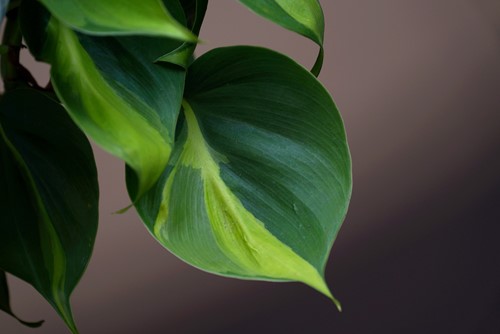
Growing plants in water is a fun and convenient way of bringing nature indoors. Many popular houseplants and herbs can sprout and live in water with the right nutrients. Heartleaf philodendrons are especially successful growing this way. Here is a basic guide for growing a philodendron in water:
Now you'll have a collection of brand-new baby philodendrons. You can transfer them to soil once the roots are at least an inch long or simply keep them in the water. As long as they get enough light and an occasional dose of diluted fertilizer, your philodendron will produce more vines and leaves just as it would when planted.

I have been in sales for most of my career and always found ways to get my clients what they want as economically as possible. I will work as hard for you as I would for myself. I will be open and honest. I will listen to your needs and wants and advise you when appropriate. If I do not know the answer, I will find it for you. I want to be your real estate resource for you, your friends, and your family for a long time.